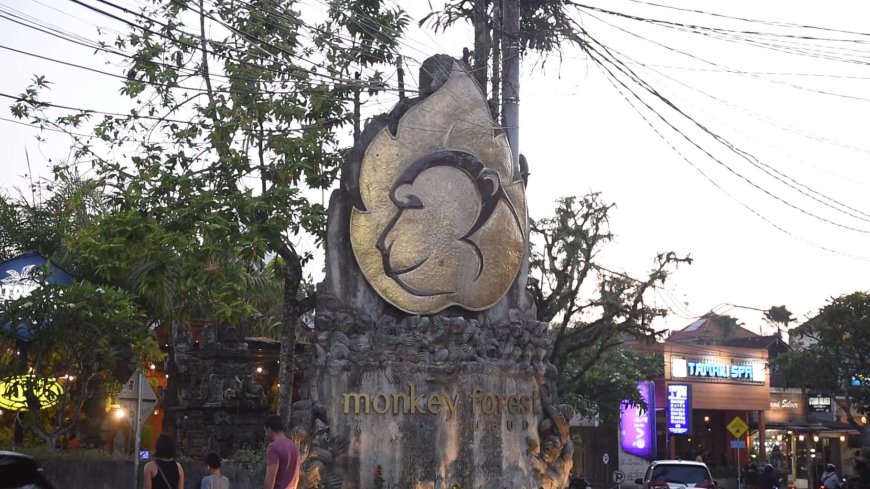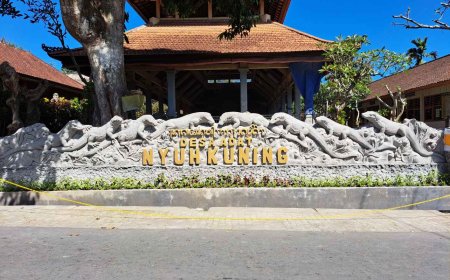Ubud, a charming destination in Gianyar, Bali, possesses a unique allure that attracts tourists from around the world. Situated in the heart of the Island of the Gods, Ubud is renowned as the artistic and cultural center of Bali. The area is adorned with tempting green rice terraces, lush tropical forests, and meandering rivers. Beyond its natural beauty, Ubud is a haven for many local artists, sculptors, and craftsmen who gather here to create distinctive works of art. This artistic hub also preserves Bali's cultural richness through traditional dance performances, gamelan music, and religious ceremonies that captivate visitors. Ubud is equally famous for its vibrant traditional market, where tourists can discover a variety of handicrafts, clothing, and local produce. Additionally, the presence of temples and historical sites like the Monkey Forest adds a spiritual and historical charm to the region. With its tranquil atmosphere and breathtaking natural beauty, Ubud stands as the perfect destination for those seeking serenity, artistic inspiration, and the unique cultural wonders of Bali.
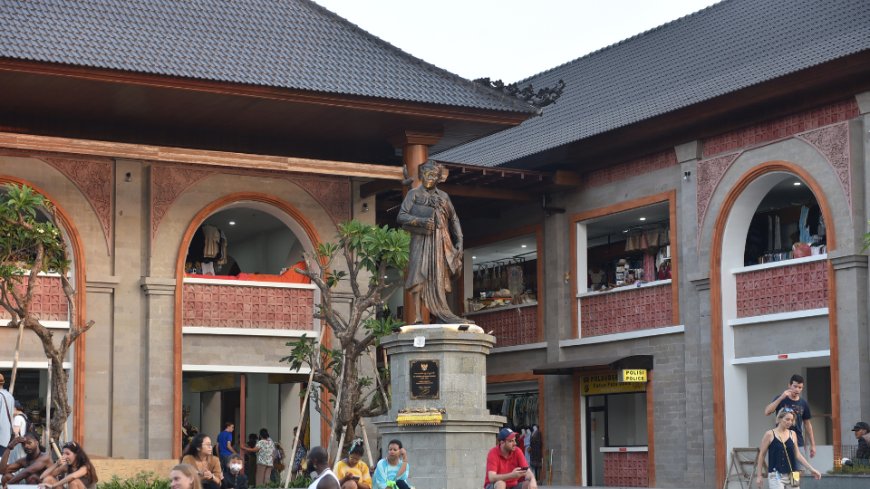
Ubud Art Market (Source: Author's Collection)
Ubud is inseparable from several traditional villages within it. One of the renowned ones is the Padang Tegal Traditional Village. According to its history, the origin of Padang Tegal is closely related to the journey of Rsi Markandeya. Legend has it that Rsi Markandeya, a revered sage, discovered a brightly illuminated place called "Padang," with "Tegal" indicating its location. Therefore, Padang Tegal can be interpreted as a place full of bright light.
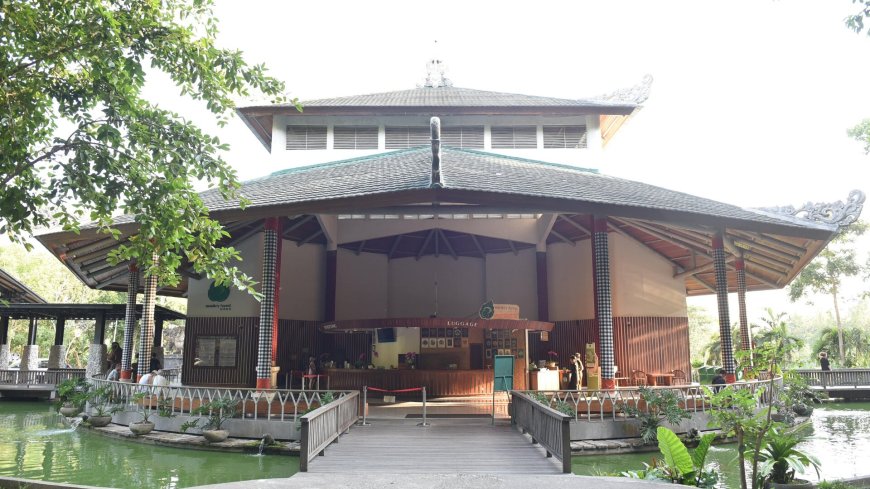
Main Gate of Monkey Forest (Source: Author's Collection)
Like other traditional villages in Bali, Padang Tegal Traditional Village consists of several "banjar" that support it. The term "banjar" refers to independently organized community groups with common goals, such as regional development, religious activities, or communal work. Banjar serves as the center for social and cultural activities at the local level. Each banjar has its own meeting hall, often called "bale banjar," where various meetings, discussions, and cultural activities take place. Additionally, banjar is responsible for local environmental security and plays a crucial role in the implementation of religious ceremonies, such as Ngaben (funeral ceremony) or Odalan (temple festival). The banjar system reflects solidarity and community in Balinese society, where residents assist and collaborate to advance collective life. Some banjars in the Padang Tegal Traditional Village include: Banjar Padang Tegal Kaja, Banjar Padang Tegal Mekar Sari, Banjar Padang Tegal Kelod, and Banjar Pengosekan.
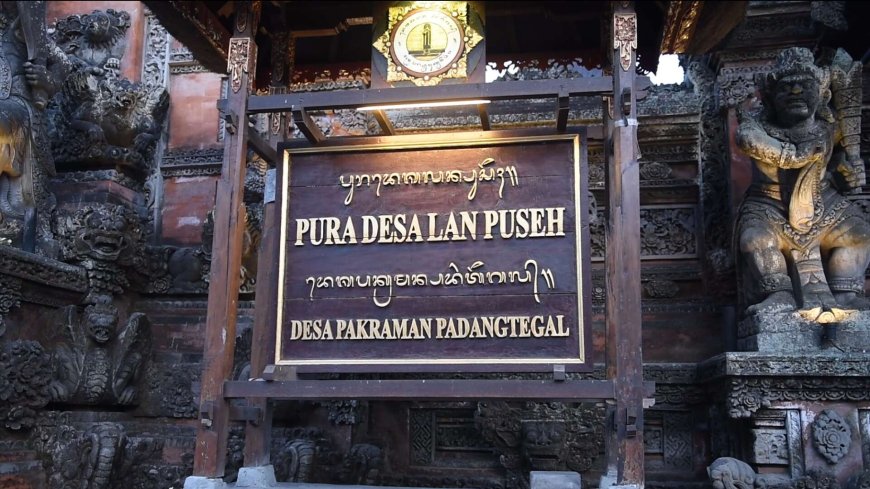
Pura Desa and Puseh Padang Tegal Village (Source: Author's Collection)
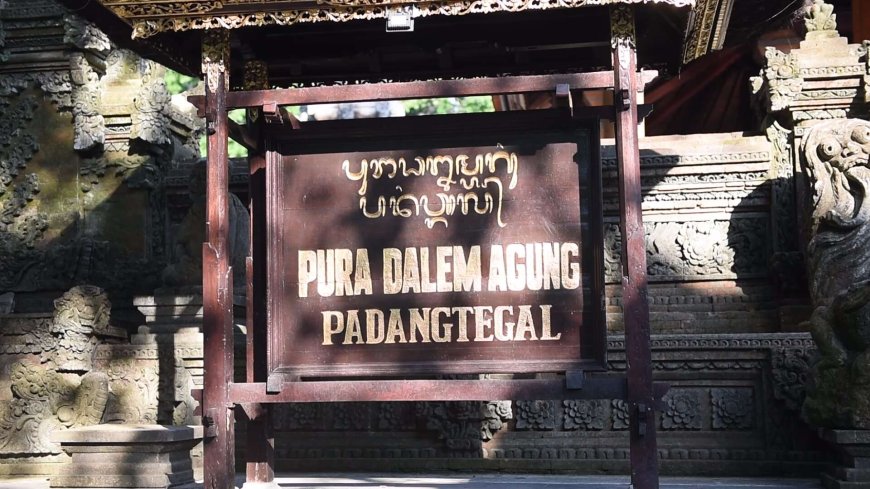
Pura Dalem Agung Padang Tegal Village (Source: Author's Collection)
The Padang Tegal Traditional Village has three temples that play central roles in its community life. Firstly, the Pura Desa serves as the abode of Dewa Brahma. Secondly, the Pura Puseh is dedicated to Dewa Wisnu. Thirdly, the Pura Dalem is dedicated to the worship of ancestral spirits and deities associated with the afterlife, serving as the abode of Dewa Siwa. The presence of these three temples reflects the cultural richness and spiritual beliefs of the Padang Tegal community, which upholds traditional values in every aspect of their daily lives.

Pura Dalem Agung Padang Tegal Village (Source: Author's Collection)
Around the Pura Dalem Agung Padang Tegal, there is a protected forest area known as "Mandala Suci Wenara Wana" or commonly recognized by tourists as the "Monkey Fores." With the influx of tourism to the Ubud region, the Monkey Forest has emerged as an inevitable major attraction for visitors seeking unique natural and cultural experiences. This area serves as the home to approximately 340 long-tailed macaques (Macaca fascicularis). In the Monkey Forest, visitors can explore the forest while enjoying the serene beauty of nature. This 27-hectare forest presents more than 115 different plant species.

Long-Tailed Macaques in Monkey Forest (Source: Author's Collection)
During the journey through Padang Tegal Village, visitors can enjoy a variety of culinary delights, ranging from traditional Balinese dishes to Western cuisine. One highly recommended restaurant is Bebek Bengil, located approximately 500 meters from Monkey Forest, on Hanoman Street. This restaurant is renowned for its roasted and fried duck dishes. Visitors are not only encouraged to try the duck specialties but also various ribs dishes while visiting this place. In terms of taste, these culinary offerings are sure to delight the taste buds of visitors.

Lush Natural Atmosphere in Monkey Forest (Source: Author's Collection)
Monkey Forest is not just a tourist attraction but also a significant source of economic and social life. Over time, Monkey Forest has been efficiently managed by the traditional leaders or "prajuru adat," who not only preserve the natural sustainability but also ensure the local economic sustainability. Revenue from tourism is used to support development projects in the village, such as schools, health facilities, and other local infrastructure.
The responsible management of Monkey Forest has brought positive economic impacts felt in the Padang Tegal Traditional Village. The local community can enjoy new employment opportunities, especially in the tourism and service sectors. Additionally, skill development programs and training organized by the management contribute to enhancing the community's ability to face economic changes and challenges.
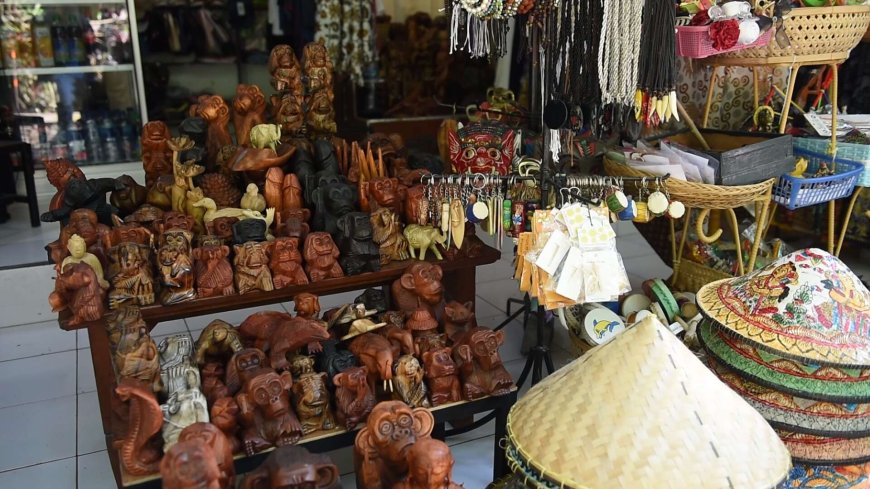
Craft Shops in the Monkey Forest Area (Source: Author's Collection)
Not only in the economic aspect, but sustainable management also positively contributes to social development in the village. Improved access to education and healthcare, supported by tourism revenue, creates a more resilient and self-reliant community. Moreover, the interaction between tourists and local residents in Monkey Forest provides opportunities for cultural exchange and mutual understanding, enriching the experiences of both parties. As a real-life example of how wisely managed tourism can provide sustainable benefits, Monkey Forest in Padang Tegal Traditional Village not only serves as an attractive tourist destination but also acts as a catalyst for positive growth in various aspects of the local community's life.
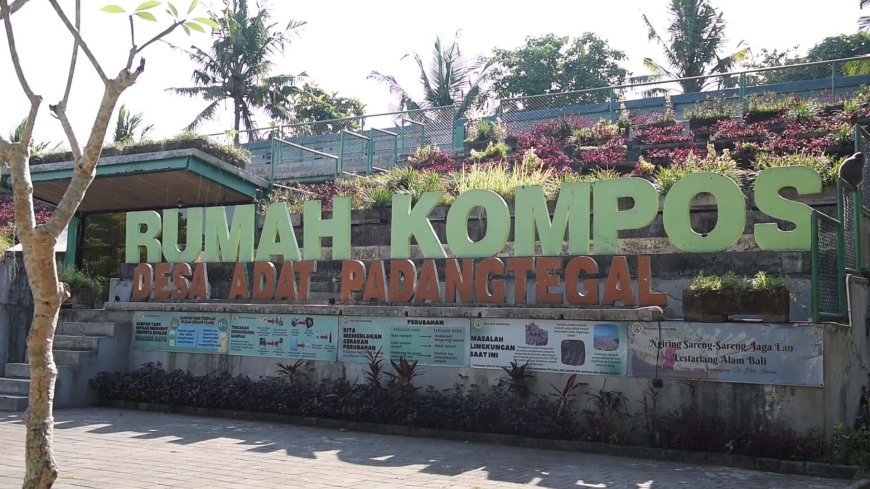
Padang Tegal Traditional Village Composting House (Source: Author's Collection)
Padang Tegal Traditional Village also possesses a unique place rarely found in other villages, known as the Padang Tegal Composting House. Established in 2012 in the Monkey Forest area, it was a response to the waste impact generated by the growing tourism industry. Involving active participation from the village community, this program includes the sorting and processing of organic and non-organic waste by approximately 40 staff members. The organic waste produced is sold as compost fertilizer, while non-organic waste is separated for recycling or taken to the Final Processing Site (TPA). Besides reducing the negative impact of waste, the existence of the Composting House also creates economic opportunities and helps support environmental sustainability.



























































